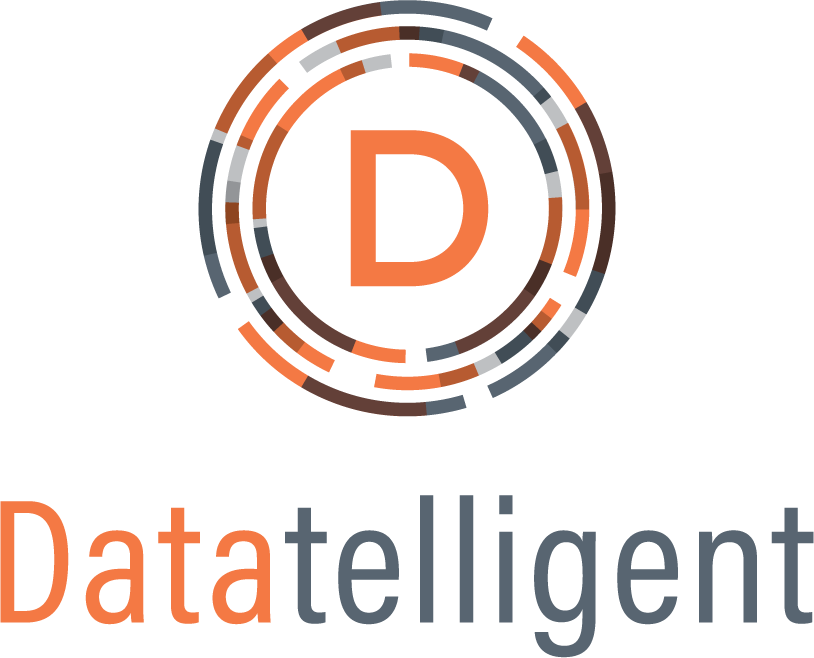Datatelligent provides data analytics strategy, data management, data integration, data visualization and reporting, advanced analytics, and user adoption. We help you transform your data into key insights and use them to drive growth for your organization. These services are all included in your subscription.
We quickly provide three key subscriptions (Unified Data Platform, Growth Analytics, Data Team) that are focused on data analytics maturity capabilities, support strategic business plans, are solution-based, and follow an iterative, yet simple approach.



